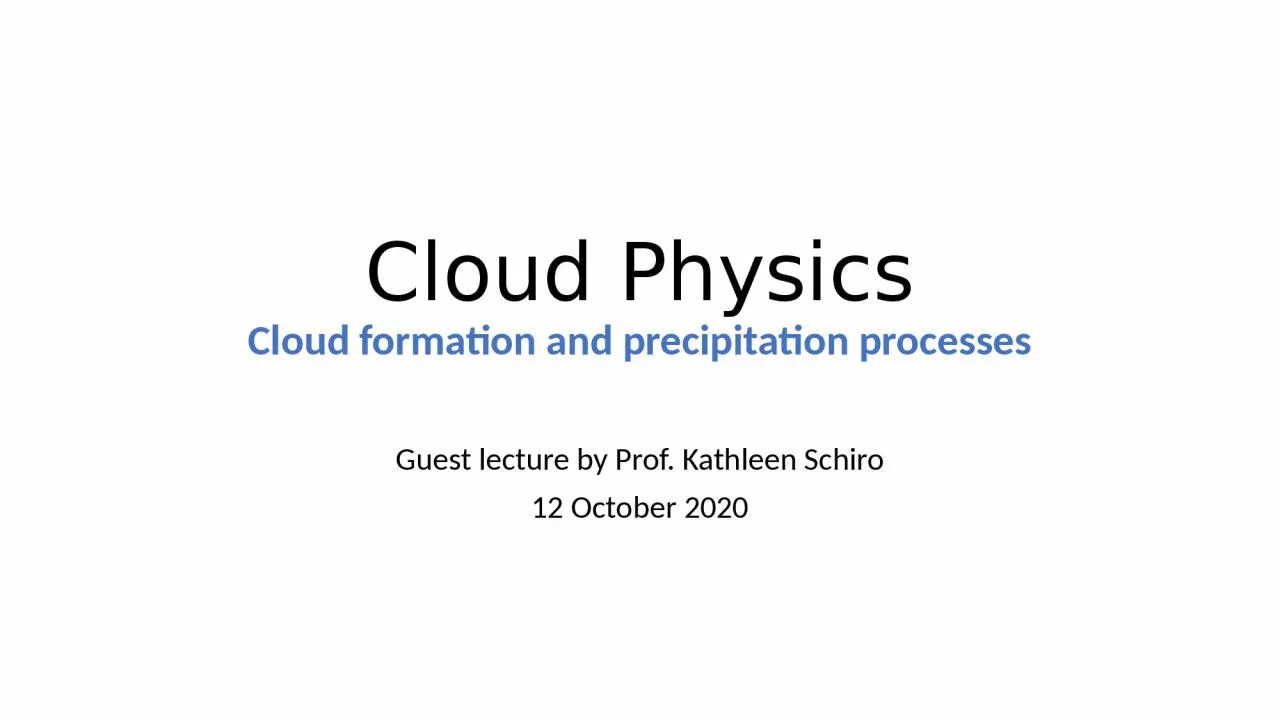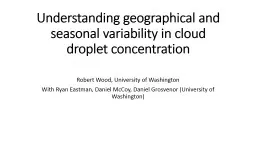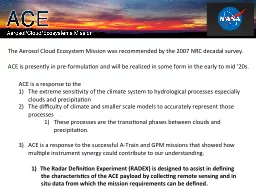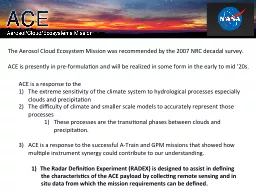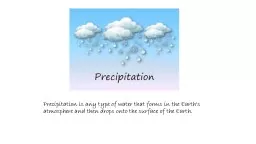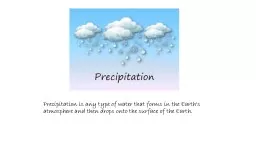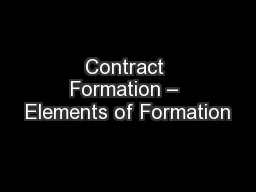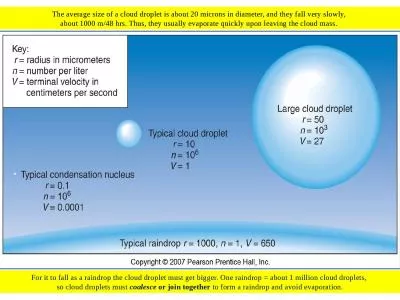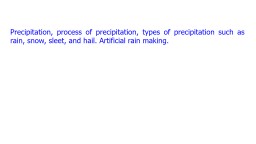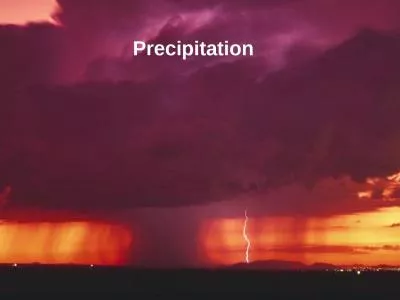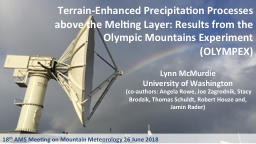PPT-Cloud Physics Cloud formation and precipitation processes
Author : cecilia | Published Date : 2023-10-04
Guest lecture by Prof Kathleen Schiro 12 October 2020 Cloud Droplet Formation Review of how condensation occurs Curvature effect Cloud condensation nuclei Solute
Presentation Embed Code
Download Presentation
Download Presentation The PPT/PDF document "Cloud Physics Cloud formation and precip..." is the property of its rightful owner. Permission is granted to download and print the materials on this website for personal, non-commercial use only, and to display it on your personal computer provided you do not modify the materials and that you retain all copyright notices contained in the materials. By downloading content from our website, you accept the terms of this agreement.
Cloud Physics Cloud formation and precipitation processes: Transcript
Download Rules Of Document
"Cloud Physics Cloud formation and precipitation processes"The content belongs to its owner. You may download and print it for personal use, without modification, and keep all copyright notices. By downloading, you agree to these terms.
Related Documents

